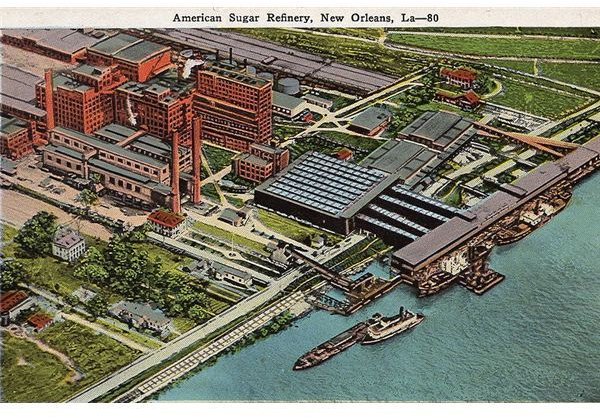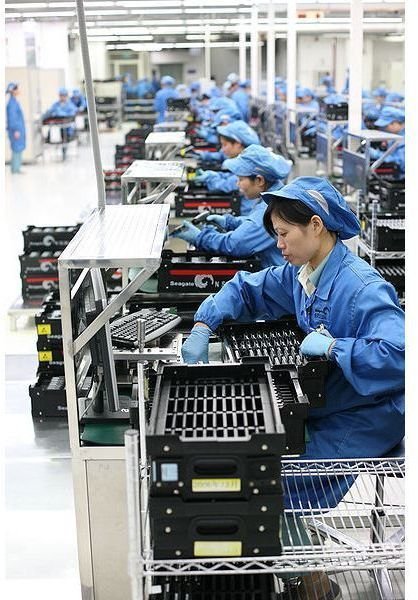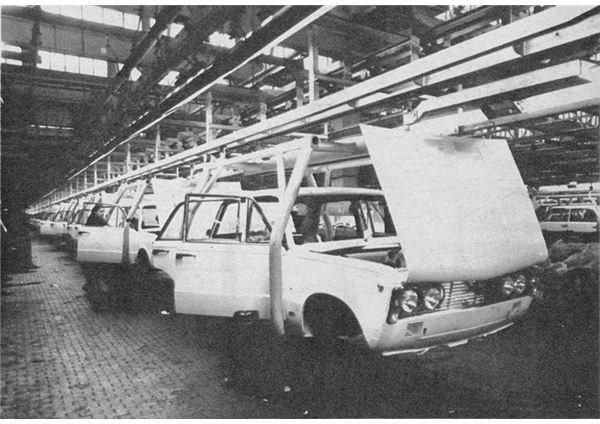The Five Top Reasons for Downsizing the Labor Force
Definition and Origins of Downsizing Concept
You might find it interesting to know that the concept of “scaling-down” had its origins in the automotive industry. The reasons for downsizing will bring us back to the 70’s era when the “oil crisis” was the main issue to contend with, and shrinking the large family-sized cars seemed to be the best solution. Thus, the term “downsizing” became the byword as vehicles turned more compact but less accommodating.
Unfortunately, as succeeding developments would have it, the word downsizing became synonymous with layoffs, as the concept was applied to human resources. Ironically, the automotive industry was one of the most affected because the so-called “oil crisis” developed into a large-scale problem, which we are now experiencing today as an economic crisis.
Downsizing Defined
Based on its origin, downsizing can be defined as a managerial strategy to reduce, streamline, trim down or shrink into size a particular structure by scaling down its features or by dispensing certain physical elements considered as burdensome and with the least economic value. This was done in order to optimize a particular structure in the most practical or most beneficial condition in order to minimize the use of other essential resources.
The Five Most Common Reasons for Downsizing the Labor Force
(1) Cost Cutting Measure to Increase Profitability but in Some Cases, to Survive
Inasmuch as we are citing reasons not causes for downsizing the work force, the first reason would be the company’s need to cut-down on costs as means of maintaining if not increasing its profitability level.
However, it is quite important for the reader to know the events in the past that led to this reason.
These events span from the early 70s up to the present, wherein the overzealous demand for crude oil and its by-products took a toll on local resources; hence, the nation’s need to outsource from foreign suppliers. The price of this particular commodity had an uphill trend because several aggravating factors like political instability, unrest, wars and embargoes transpired as years passed. For a country that relied heavily on crude oil, it was not surprising that commerce went from bad to worst.
Due to this, businesses particularly those in the manufacturing sector found their profits dwindling, until their respective managements came up with different cost-cutting measures. In earlier times, manpower downsizing was considered as one last desperate act.

(2) Technological Advancements, Automation and Computerization
Perhaps another root cause of the high demand for fuel and depletion of local fuel resources, was the advent of technological innovations, automations and computers, which also came into fore during the 70s. Since machineries presented increased productivity, less error and consistency in work quality, most manufacturing industries made use of machineries and went into automation.
As economists had forecasted, the increasing demand for fuel and the fuel’s volatile price, still produced its impact; hence the use of machinery and high-tech equipment did not prove to be the ultimate solution after all.
In later years, technological advancements also found their way to offices, service oriented industries and task-oriented undertakings, as the work involved could be replicated by both machine and artificial intelligence as part of the history of knowledge management. Downsizing became more and more rampant, since only a few had the technical know-how while in-house training was provided only to those who had the aptitude and potentials.

(3) Business Mergers, Acquisitions and Privatizations
The foundations of business organizations and institutions continued to weaken because the law of supply and demand was in a precarious position. Most countries found themselves in an economic condition where there was rising demand for fuel and raw materials, but they could not be supplied because almost all natural resources had been depleted.
In order to survive, quite a number of companies merged, others were acquired by their competitors and even federal-owned corporations were privatized. As a result, work redundancies and the new business perspectives called for downsizing even among white-collared workers.

(4) Outsourcing of Jobs and Business Expansion in Foreign Regions
As downsizing of labor continued to make way for tools and applications that made use of artificial intelligence, the number of jobless individuals continued to increase. Odd-jobs and short-term stints were becoming common, while work availability had become scarce and were found mostly in sectors that required special skills.
Most of the factories, foundries and mills that mushroomed during the “roaring twenties” were gone. Management found a new way to cut down on labor and other overhead costs, and that was by outsourcing and tapping the human resources of China’s factories and other third world developing countries as a mean of change management of . Labor was several times cheaper and exporting the products to the nearby countries meant lower costs in freight or shipping.

(5) Lack of Demand from Consumers
However, in spite of industry growth due to their expansion in foreign regions, the existing plants and manufacturing sites in America barely had enough work opportunities to offer. There were not enough consumers buying their products.
Other developments greatly affected the demand for their products as environmentalists, naturalists and consumer advocates had launched their own movements against the depletion of natural resources. There were the calls against the use of synthetic chemicals, as well as informing the buying public about the possible harms these products could do to human health as chemical carcinogens in industries.
An increasing number of consumers have been heeding the call of going back to basics, of eating and growing fresh and organic produce, and of concocting their own cleaning materials, cosmetics and personal care products. Recycling had become prevalent and buying from second-hand retail shops had become a norm. Perhaps, this was also borne out of consumers’ lack of buying power, since many are still jobless or have very little earning capacity.
As a result, businesses now found it more difficult to survive, because they not only have to contend with rising costs, there was also the lack of demand. Product lines and entire plant facilities were being shut down; hence, more moves for downsizing of the labor force were carried out.
Can Downsizing Still be Avoided?

Based on our recounting of the reasons for downsizing the labor force as well as their aftermaths, it seems that not all reasons used as bases for this decision, provided the ultimate solutions.
The matter of cost to benefit should be carefully considered because the workers are also part of the consumer populace. Taking away their sources of income will only mean depriving them of the means to buy the outputs produced by machines. Machines on the other hand will only guzzle-up more fuel, which could cost as much as the minimal salary of the workers or the additional output it provides.
Besides, machine will not circulate the money vested in it, but will only produce greenhouse gas emissions that the environmentalists have been pointing out. Whereas, workers are paid in terms of salaries but they tend to have more buying power in order to patronize the manufactured goods. Therefore, money could still revert back to the businesses and add more life to the buying and selling industry.
The same could be true with outsourcing labor or tapping into the resources of other countries, because whatever funds transferred at their end will stay there.
Laying-off workers should only be a last resort and only after considering its impact not only in the organization’s profitability but also its effect on the economy as a whole.
Downsizing can still be avoided by considering the following courses of action:
-
Include employees in the consultation process, wherein committees will be formed to furnish suggestions, oversee implementations, monitor or even police cost-cutting measures.
-
Salary reduction instead of lay-offs; at least workers still have something to see them through. On their part, they can make their own cost-cutting measures and adopt a more frugal lifestyle.
-
Implement reduced working hours or working days, also as a better alternative to layoffs. This could also give them the opportunity to find other sources of income during off-days.
-
Make employees use their vacation leave credits to lessen the company’s financial liability.
-
Put a cap on hiring and instead offer the position to other employees and utilize the other members as in-house trainers.
There are those who would prefer to implement the matter of downsizing by simply dropping it like a bomb. The main reason is to avoid explanations and possible confrontations. The important thing however is to be ethical in downsizing, since workers are human beings and not just machines that are simply turned-off.
Whatever reasons for downsizing the labor force, providing explanations is part of the company’s moral and social responsibility.
Reference Materials and Image Credit Section
Reference Materials:
- Unraveling downsizing-what do we know of the phenomenon? — https://www.rmci.ase.ro/no10vol3/Vol10_No3_Article2.pdf
- Reflecting on downsizing: what have managers learned? — https://www.allbusiness.com/economy-economic-indicators/economic-conditions-recession/11568467-1.html
- Demand for Refined Products Will Increase Over Next Five Years — https://www.machinerylubrication.com/Read/22914/Demand-for-Refined-Products
Images Credit courtesy of Wikimedia Commons:
